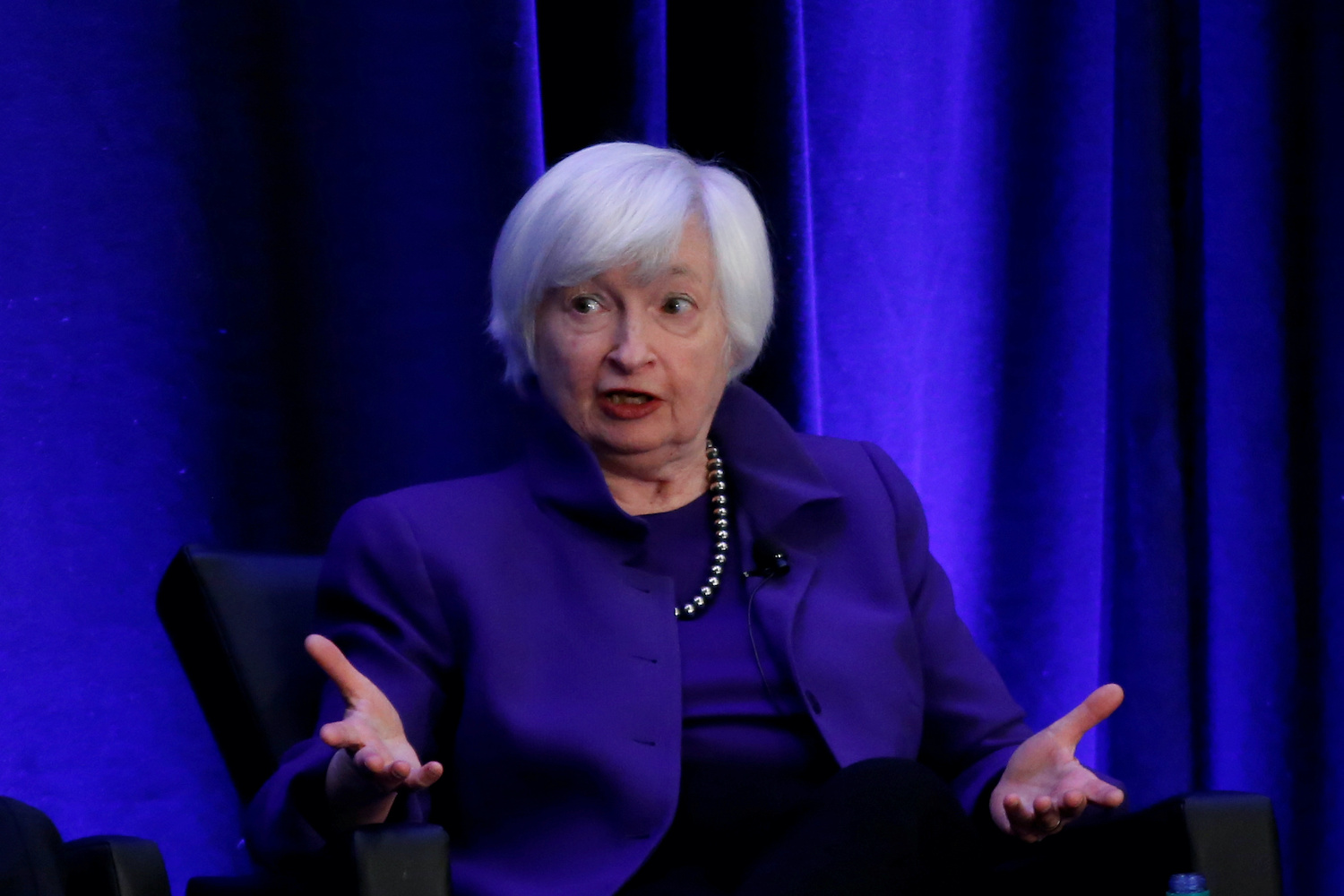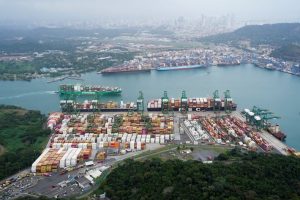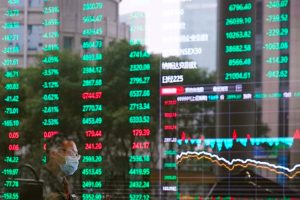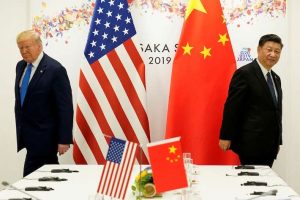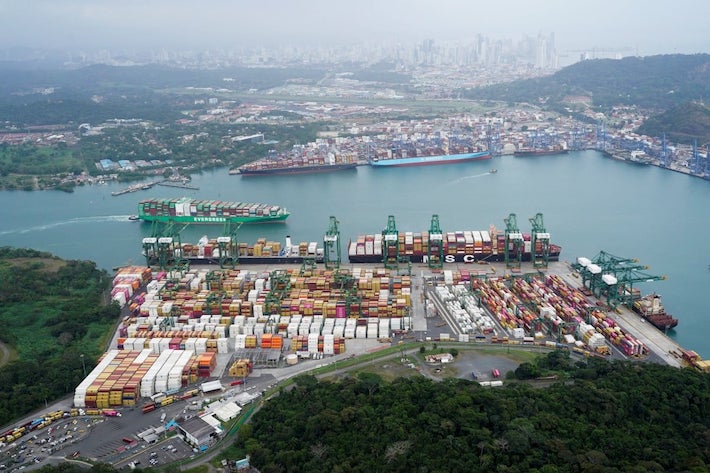The US response to the Covid-19 recession may have sowed the seeds for inflation, and while inflation appears to be contained in Asia, flow-on effects from the US cannot be discounted
Economists love debating where inflation is heading. Over the past decade or so, we’ve heard periodic loud calls that inflation is going to surge above the low range that has prevailed for much of recent history. These calls have proven to be embarrassingly wrong. After a long absence, could inflation finally be back?
Let’s start with the good news. In Asia, it appears that inflation is likely to remain contained over the medium term. Structural disinflationary trends like ageing demographics and technological innovation continue. Cyclical concerns are limited, with output gaps remaining, and monetary and fiscal policy stimulus implemented to battle Covid-19 across most Asian countries generally measured, particularly in China. Many Asian central banks, most notably the People’s Bank of China, appear to be prudent and focused on proactively tackling excesses before they verge out of control or become asset price bubbles. Meanwhile, in Japan, disinflationary pressures are well entrenched and structural challenges are immense.
The same may not be able to be said beyond Asia, particularly in the United States. This would mark a turnaround from decades of low inflation due in the part to the same structural trends noted above. Inflation was also capped by sluggish demand in the years following the Global Financial Crisis (GFC) as consumers and businesses deleveraged. Governments and central banks further exacerbated these pressures by committing strategic errors and tightening policy too early.
The United States’ response to the Covid-19 induced recession could not have been more different to the GFC. Not only did the Federal Reserve slash interest rates, rapidly accelerate its asset purchase programmes and expand assets eligible for these programs, but the government also paid extraordinary unemployment benefits and provided several direct cash transfers to households.
The Covid-19 induced recession was ultimately treated like a natural disaster, with authorities building a bridge to the other side. It prevented a short deep recession from becoming a long deep recession, or even a financial crisis. Authorities had clearly learned their lessons from the last recession: act quickly, decisively and in-scale to ensure a robust and speedy recovery.
Sowing the seeds of inflation
While these may be noble steps, they may also have sowed the seeds of inflation. University of Chicago economists found that more than three quarters of those who became unemployed in the pandemic earned more on unemployment benefits than they had in their jobs. The cash handouts and stay-at-home orders also led to an accumulation of over $2 trillion of excess savings in the US alone, equivalent to around 10% of GDP. With vaccination programmes rolled out rapidly, much of this will find its way into the economy, further aided by pent-up demand as consumers have missed travelling and dining out, for example. Even if only a portion of these savings are spent, they will lead to a boom at a time when spare capacity is limited.
The unleashing of pent-up demand coincides with strong business confidence and an exuberant housing market. Despite the recovery firmly taking hold, fiscal stimulus has not been wound back yet, while a massive infrastructure package to be implemented over the next 10 years also looks to be on a fast track. This is in stark contrast to the period following the GFC when fiscal policy was prematurely tightened. Democratic strategists’ assessment that tightening policy too quickly led to losses in the 2012 mid-term elections implies that US fiscal policy will remain highly accommodative until, at earliest, the 2022 mid-term elections have passed.
Meanwhile, the causes of the 2020 recession — a pandemic rather than the bursting of an asset price bubble — also leave behind less of a hangover. Pointing to the lack of inflationary pressures following the GFC to suggest inflation will not increase going forward makes for a flawed comparison.
Core inflation already exceeds the Federal Reserve’s target, and should remain there for the rest of the year. At present, this is biased by base effects, as weak monthly inflation prints during the height of the pandemic fall-out of the calculation period. The question is of course: “Will above-target inflation persist into 2022 and beyond?” The bond market certainly thinks so, with break-even inflation implying consumer price inflation of over 2.6% p.a. in the next five years. Although this is not high in historical terms, investors have become accustomed to low and stable inflation, while government bond yields remain at extraordinarily low levels and equities trade at high valuations.
The outlook for inflation from 2022 and beyond rests on a few factors. From a cyclical perspective, it depends how quickly slack in the labour market can be worked through and therefore wage increases realised. The rapid recovery in the US economy is resulting in the unemployment rate tumbling quickly, and it is already to 2014 levels. Unless falling unemployment generates significant wage gains, inflation is unlikely to be problematic. Nevertheless, supply chain disruptions that show signs of lingering could potentially exacerbate pricing pressures, as surveys of business sentiment currently highlight. Higher realised inflation also risks resetting inflation expectations higher.
Drivers of inflation
Structural drivers of inflation may also have an impact. We may be entering a period of
deglobalisation, with the Trump era US-China trade war sending us beyond a point of no return. Some firms have been locked out of particular markets altogether, raising the risk of a multi-polar and less globally integrated world. The fragilities of supply chains and dangers of reliance on single suppliers highlighted during the pandemic may also result in companies diversifying their supply chains, even if that involves higher costs.
Then there is technology – personal computers, smartphones, the internet and video conferencing apps have all massively boosted productivity; time will tell whether the next round of innovations will be as productivity enhancing and therefore disinflationary.
While it remains unseen if structural factors will switch from disinflationary to inflationary, cyclical factors risk seeing things getting out of control.
The Fed’s new inflation averaging regime means that they will make up for periods of below target inflation by tolerating above-target inflation for some time. They are unlikely to hike interest rates until the labour market reaches full employment – and not just at the economy-wide level, but across a wide range of racial and socio-economic groups.
The preconditions for a rate hike are numerous, and inflation may be well above target by the time they get there. Even before they can think about increasing interest rates, the Fed will need to end their massive asset purchase program. They are more likely to err on the side of caution and risk overstimulating the economy than risk stunting the recovery by tightening too quickly.
Impact on Asian Investors
This brings us to the bad news for Asia.
The US accounts for around 60% and 40%, respectively, of the global equity and fixed income markets, while many Asian investors have significant exposure to US dollar-denominated bonds issued by Asian governments and corporates. There is a strong inverse relationship between inflation and bond prices. Although equities tend to perform well in periods of low to moderate levels of inflation, they can struggle with higher inflation or sudden spikes.
In other words, even if inflation remains low in Asia, high US inflation poses significant risks for Asian investors’ portfolios. While surging inflation in 2022 and beyond is more of a risk than a core scenario, it is a risk that cannot be ignored. Investors would be prudent to stress test their portfolios and prepare for higher inflation.
# Cameron Systermans is Senior Portfolio Manager and Head of Mainstream Investments, Japan, at Mercer.
ALSO SEE:
US stimulus makes China tightening more likely




